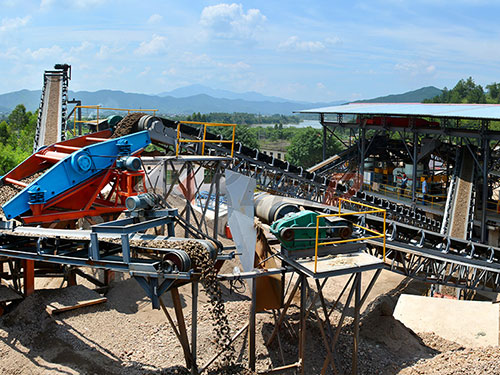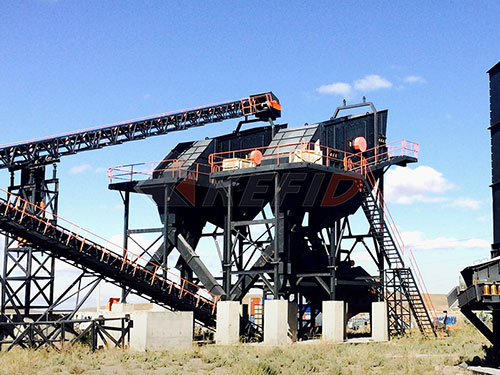The Enduring Legacy of Brown Lenox Crushers: Engineering Giants of the Quarry and Beyond

For decades, the name Brown Lenox resonated powerfully within the global aggregates, mining, and demolition industries as a symbol of robust engineering, unwavering reliability, and crushing power personified in iron and steel. While no longer an independent brand actively manufacturing new units under that moniker due to corporate acquisitions (primarily by Terex Pegson and subsequently Metso Minerals), the profound impact of Brown Lenox crushers endures. These machines weren’t just tools; they were foundational pieces of infrastructure that shaped landscapes and industries worldwide.
Roots in Pontypridd: A Foundation Built on Strength
The story begins not with crushers initially, but with steel chains in Pontypridd, South Wales, UK. Founded in 1858 by Samuel Brown and Samuel Lenox as Brown & Lenox Chain & Anchor Works, the company established its reputation building massive chains critical for maritime safety – including those used on Isambard Kingdom Brunel’s revolutionary SS Great Eastern ship in 1858/59 and famously holding back Brunel’s launch cradle when it broke during launch attempts.
This early mastery over forging incredibly strong steel components laid an essential foundation for what was to come when Brown Lenox entered the crushing market much later in its history – likely around the mid-to-late 20th century as demand grew significantly post-WWII for construction aggregates.

Their entry wasn’t tentative; it leveraged their core competency: durability. They understood heavy-duty materials handling from decades of chain manufacturing under immense stress at sea or during shipbuilding operations.
Engineering Philosophy: Simplicity Meets Indestructibility
Brown Lenox crushers earned their legendary status through a distinct engineering philosophy:
1. Overbuilt Construction: Everything was designed thicker, heavier-duty than strictly necessary by theoretical calculations alone – particularly evident in their jaw crusher frames fabricated from thick boiler plate steel plates welded together into incredibly rigid structures capable of absorbing massive shock loads without distortion.
2. Premium Materials: Leveraging their metallurgical expertise inherited from chain making – especially manganese steel casting – they produced wear parts renowned for longevity under severe abrasion conditions.
3. Mechanical Simplicity: While incorporating key innovations like hydraulic adjustment systems later on (e.g., Hydroset), core designs often favoured mechanically robust mechanisms over complex hydraulics where possible – enhancing reliability in harsh environments like quarries far from sophisticated workshops.
4. Access

Leave a Reply